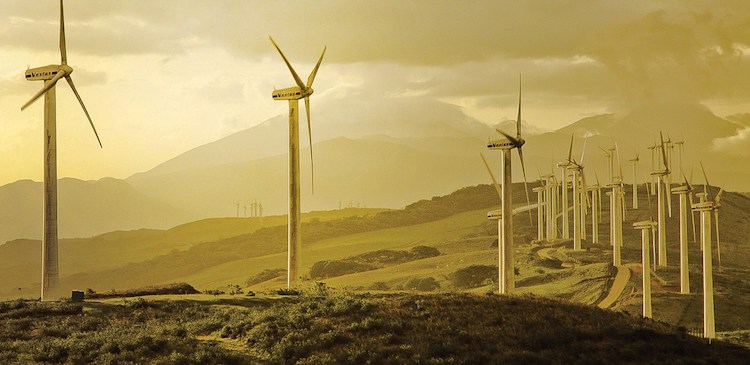Costa Rica aims to have net zero carbon emissions by 2050 and if it’s energy production in 2019 is a sign of things to come, then it is well on its way to that goal. The small Central American nation produced the most electricity in its history during the month of May and nearly 100 percent of it was from renewable sources, according to Think Geoenergy.
The 984.19 GWh of electricity generation in May surpassed all historical counts and it meant that Costa Rican Institute of Electricity (ICE), the state-owned power and telecoms provider, stopped buying energy from the Regional Electricity Market and instead started selling electricity back to other Central American nations in the marketplace, as Think Geoenergy reported.
The May numbers are a crucial milestone since nearly 75 percent of the nation’s renewable energycomes from hydropower produced in rivers and Costa Rica was in the midst of a historic drought before the rainy season started in May.
“This achievement is the result of the planning and optimization of resources of the national matrix, which protects its regulatory reservoirs in dry periods – like the one just faced – while increasing the geothermal quota,” said ICE in a statement, according to Think Geoenergy.
The dry spell was the first big test of an ambitious push for clean energy, said Javier Orozco, planning director at ICE, as Reuters reported. A renewable electricity supply is one of the “most important advances” toward liberating the economy from dependence on fossil fuels, according to a national decarbonization plan launched in February.
“After these critical months, we don’t think we’ll need more thermal production (using fossil fuels),” said Orozco to Reuters.
Orozco added that even though rivers were exceptionally low and hydropower generation was stressed, a strong push in wind energy allowed Costa Rica to generate 97 percent of its electricity from renewable sources, during the dry summer months of January to April.
The dependence on hydropower means that the dry months can be particularly costly for ICE since it must maintain twice the hydropower capacity than it regularly uses, according to Jose Daniel Lara, a researcher at the University of California Berkeley, as Reuters reported. Those costs may increase as extreme weather associated with the global climate crisis increases the frequency, severity, and duration of droughts.
To address that concern and ICE’s mounting debts, Costa Rica is looking to diversify its renewables. Wind power has grown to 15 percent, up from 4 percent in 2011. Geothermal power accounted for nearly 13 percent of energy generation in May.
Last month, Costa Rica opened a brand new geothermal plant, the country’s seventh, with a projected annual generation of 410 gigawatt hours. The country’s drive to harness the power contained in volcanic steam will mitigate its dependence on hydropower. Costa Rica is now the third-largest producer of geothermal power in the Americas, according to the Costa Rica based Tico Times.
“Anyone who has doubt of what Costa Rica is capable of should come to Pailas II in Guanacaste and see what we are capable of accomplishing,” said President Carlos Alvarado, as the Tico Timesreported. He added that Costa Ricans should be proud of their sustainability efforts.
The nation’s push to sustainability as part of its decarbonization plan will also include a push toward cleaner public transport, improving waste management and expanding the country’s forests, according to Reuters.
By Jordan Davidson, EcoWatch

